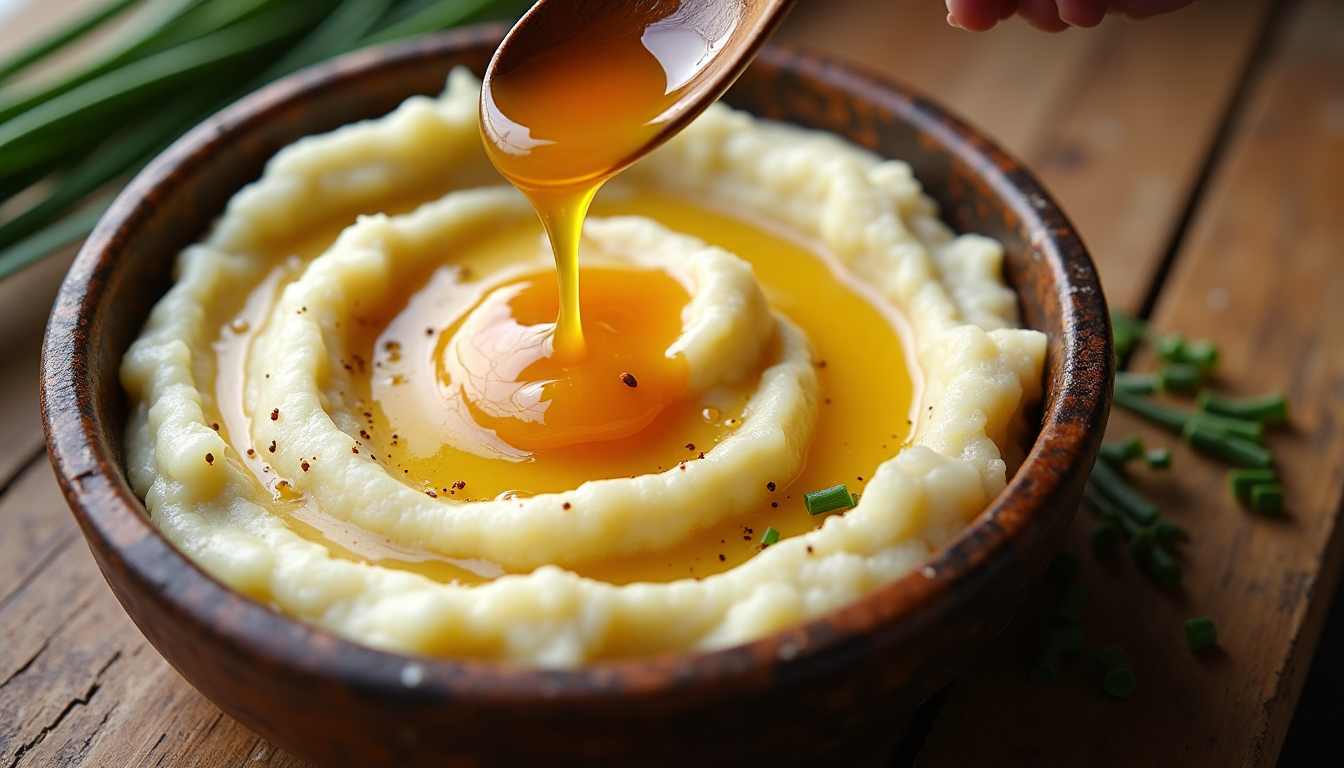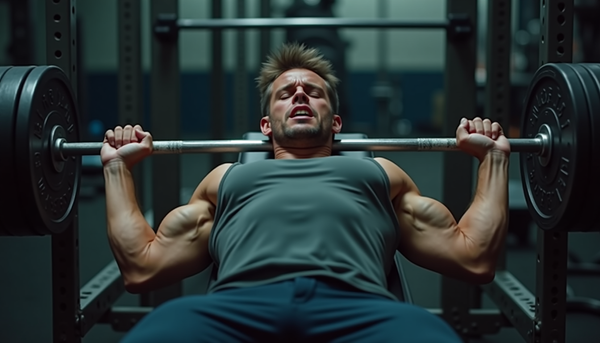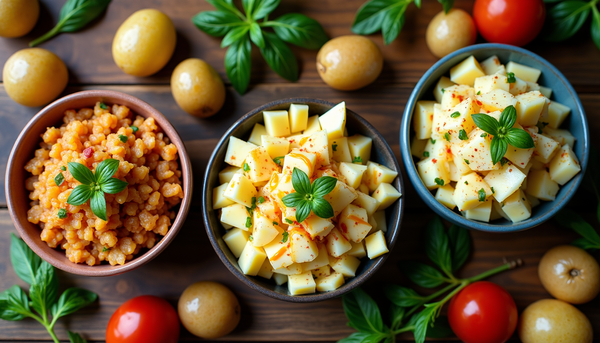The Alchemy of Brown Butter: Why Your Mashed Potatoes Deserve Restaurant Magic

I still remember the first time I accidentally discovered brown butter. I was fifteen, making scrambled eggs after school, got distracted by a phone call, and came back to find my butter had turned this gorgeous amber color with an aroma that literally stopped me mid-sentence. That moment changed everything I thought I knew about cooking.
See, most people think cooking is just following recipes. But brown butter? That's pure alchemy. You're literally transforming milk solids through heat into something that tastes like toasted hazelnuts had a love affair with caramel. And when you combine that magic with something as humble and beloved as mashed potatoes... well, that's when comfort food becomes transcendent.
The Science Behind the Magic
Let me geek out for a second because this technique is fascinating. When you heat butter past its melting point, the water evaporates and the milk proteins start to caramelize. Those proteins—casein and whey, if you're curious—begin breaking down around 250°F and develop these incredible nutty, complex flavors through the Maillard reaction. It's the same process that gives bread its crust and steaks their sear.
But here's the thing that most recipes don't tell you: timing is everything. The difference between perfect brown butter and burnt, bitter disappointment is literally thirty seconds. I learned this the hard way during my restaurant days when I ruined about twelve pounds of expensive European butter trying to get consistent results during a busy Saturday service.
The trick? Watch for the foam to subside and listen for the sizzling to quiet down. Then—and this is crucial—you'll start seeing golden specks at the bottom of the pan. That's your cue. The aroma will hit you like a warm hug, nutty and rich and absolutely intoxicating.
Why Mashed Potatoes Deserve This Treatment
Look, I love a basic mashed potato. There's something pure and honest about potatoes, butter, cream, salt. It's comfort food at its most essential. But sometimes—especially during the holidays or when you really want to show someone you care—simple isn't enough.
Mashed potatoes are the supporting actor that can steal the whole show. They're sitting there next to your turkey or roast beef, quietly soaking up all those delicious pan juices, providing that creamy, starchy comfort that makes everything else taste better. But with brown butter? Suddenly they're not just a side dish. They're the reason people scrape their plates clean and ask for seconds.
I've served these brown butter mashed potatoes at probably twenty different dinner parties, and every single time, the conversation stops when people take their first bite. There's this moment of confusion—like, "Wait, what did you DO to these potatoes?"—followed by an almost embarrassing amount of moaning and plate-scraping.
The Technique: Where Precision Meets Soul
Here's how we're going to do this right, because these potatoes deserve our best effort:
First, let's talk potato selection. I'm team mixed-variety all the way. Yukon Golds give you that buttery flavor and creamy texture, while Russets bring the fluffiness and starch content that makes mashed potatoes, well, mashable. You want about a 50-50 split—think of it as hedging your bets for perfect texture.
The browning process is where things get real. Start with good butter—I mean it. This isn't the time to skimp. We're building flavor from the ground up, so if your butter tastes like cardboard, your final dish will too. I like to divide my butter strategy: use just a tablespoon to sauté your garlic first (because raw garlic in mashed potatoes is aggressive and nobody wants that), then brown the rest.
When you're browning that butter, resist the urge to multitask. I know it's tempting to start on something else, but this requires your full attention. Medium-high heat, constant stirring, and watch those milk solids like your dinner party reputation depends on it—because it does.
The potato technique matters too. Cut them evenly—about one-inch chunks—so they cook at the same rate. Nobody wants gummy mashed potatoes because some pieces were overcooked while others were still firm. Start them in cold water with plenty of salt. This isn't just for flavor; it's helping the potatoes cook evenly from the outside in.
Here's a technique I picked up from an old chef: after you drain the potatoes, put them back in the hot pot on low heat for about a minute. Shake the pot gently to steam off excess moisture. Waterlogged potatoes are the enemy of great mashed potatoes, and this extra step makes all the difference.
Building Layers of Flavor
Now comes the fun part. You've got your perfectly cooked potatoes and your gorgeous brown butter with those incredible caramelized milk solids. Don't you dare strain it—those brown bits are flavor gold.
The garlic goes in first, followed by that liquid gold brown butter. Then warm milk—and please, warm it. Cold milk will seize up your potatoes and cool down the whole dish. We want everything silky and cohesive.
The Parmesan is non-negotiable for me. Freshly grated, none of that pre-shredded stuff. It adds this subtle umami depth that plays beautifully with the nutty brown butter. Think of it as the bass line in a song—you might not consciously notice it, but you'd definitely miss it if it wasn't there.
Personal Touches and Variations
This is where you can make the dish your own. I'm obsessed with chives—they add this pop of color and mild onion flavor that cuts through all that rich butteriness perfectly. But honestly? You could go in so many directions here.
Sometimes I'll throw in some roasted garlic cloves that I've mashed into a paste. Other times, I'll add a spoonful of whole grain mustard for this subtle tang that keeps things interesting. I've experimented with everything from sage leaves crisped in the brown butter to a touch of white miso paste for extra umami.
One variation that absolutely destroyed my dinner guests was adding some crispy pancetta bits and a handful of chopped fresh herbs. It was like carbonara mashed potatoes, and people are still talking about it months later.
The Philosophy of Comfort Food Elevation
Here's what I've learned after years of cooking: there's a difference between showing off and showing love through food. This recipe isn't about impressing people with complicated techniques or exotic ingredients. It's about taking something familiar and beloved and giving it the attention it deserves.
Brown butter mashed potatoes represent everything I love about cooking. You're taking simple, honest ingredients and applying technique to create something greater than the sum of its parts. It's accessible enough for a weeknight dinner but special enough for Thanksgiving. It's comfort food that doesn't apologize for being indulgent.
Every time I make these, I think about that fifteen-year-old kid who accidentally discovered the magic of brown butter. Cooking is full of these happy accidents and small revelations that change how we think about food. But the real magic happens when you share those discoveries with people you care about.
So yeah, your mashed potatoes absolutely deserve restaurant magic. They deserve the good butter and the careful attention and the love that goes into making something ordinary extraordinary. Because the people you're feeding? They deserve that magic too.
Trust me on this one. Make these potatoes. Watch people's faces when they taste them. And then get ready to add this recipe to your permanent rotation, because once people know you can make brown butter mashed potatoes, they're going to request them for every gathering from now until forever.
And honestly? That's not such a bad problem to have.




